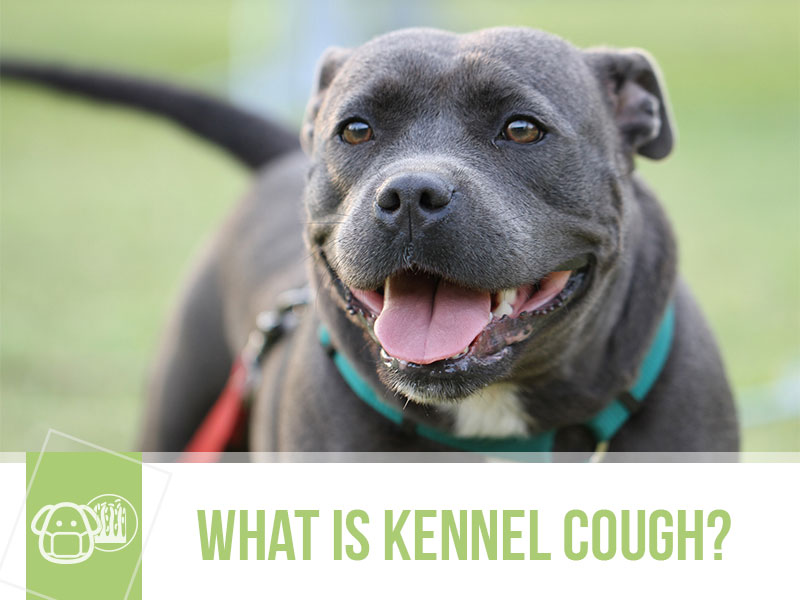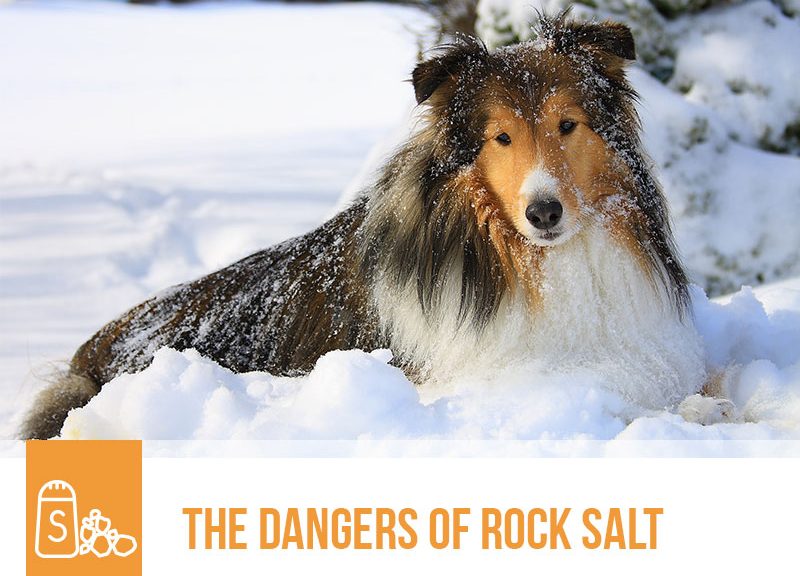Spotting blood in a dog’s pee is usually an alarming finding for pet owners. This is definitely a sign that should not be ignored but there are several conditions that can cause the appearance of blood in a dog’s urine. More than often the reason behind it can be treated.
The presence of an abnormally high number of red blood cells in your pet’s urine causing it to turn from a clear or yellow colour to a reddish-pink colour, is also called haematuria. In some cases, haematuria is not visible to the naked eye and may only be detected when your pet’s urine is examined through a microscope.
The list for the most common causes of haematuria is long but it typically includes urinary tract infections, the formation of urinary crystals and sometimes of bladders stones (urolithiasis), prostatic disease, trauma, and urinary tumours.
Bacterial urinary tract infections are common in our canine friends (particularly in females) and pooches struggling with recurrent bacterial infections have a higher chance of developing urinary stones or uroliths. These are literally rocks that are formed within our pet’s urinary tract. These uroliths can block a dog’s urethra, causing urinating difficulties, and if they become big enough, they can even be palpated through a dog’s abdomen.
Prostatic disease in males includes a wide range of issues such as inflammation (prostatitis), abscesses, cysts, and neoplasia (benign or malignant). All tumours located in the kidneys, ureters, bladder and urethra can cause the appearance of blood in urine.
It is very important to take your pet to the vet for a thorough investigation of the cause or causes of haematuria. It’s not uncommon for a dog to have more than one issue causing these clinical signs.
Although it may not be the most exciting aspect of our dogs’ lives (for us humans, at least), keeping an eye on our dogs’ urine is one of many ways to monitor their health. Any changes in frequency, quantity, colour, and detecting any kind of discomfort while urinating can be an indicator of a potential health issue.
Would you like to know more about dogs? Check our Canine Courses:



















